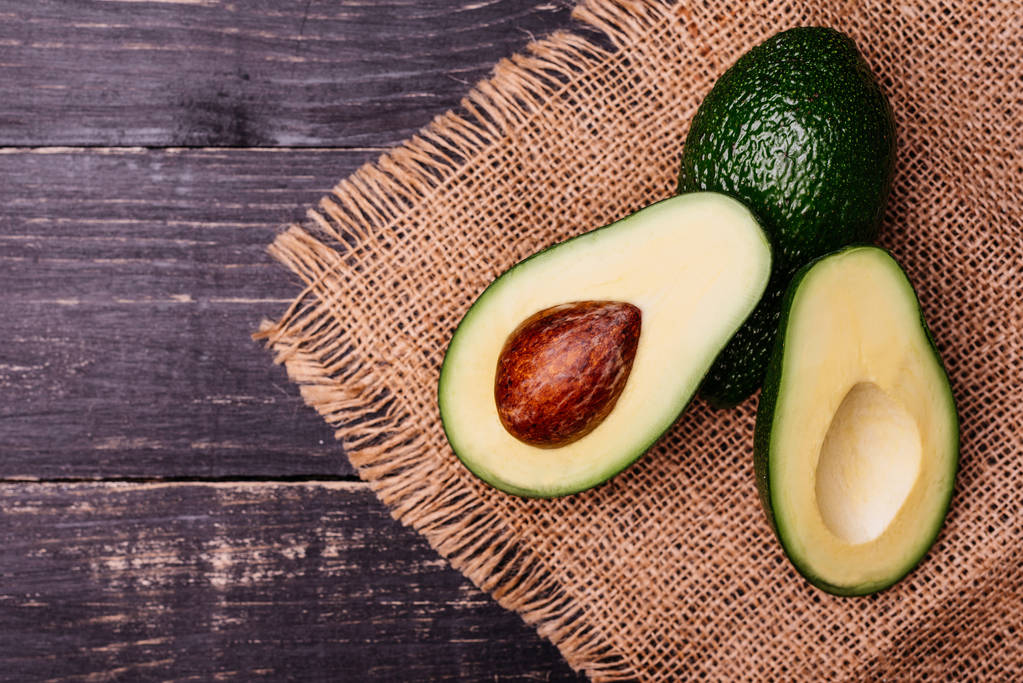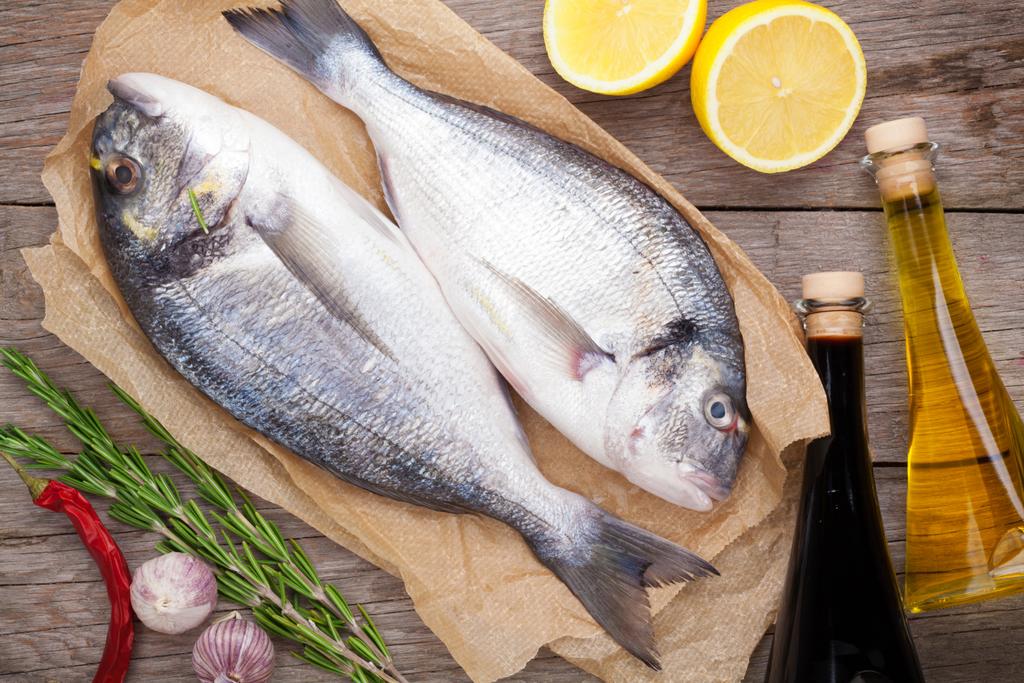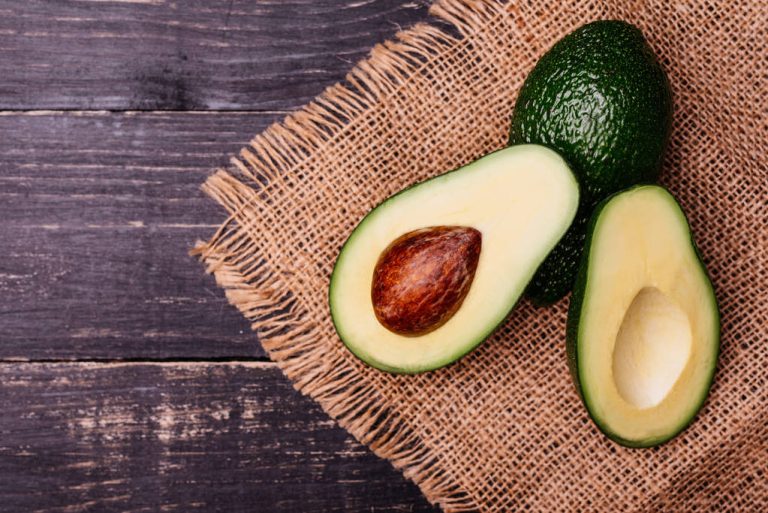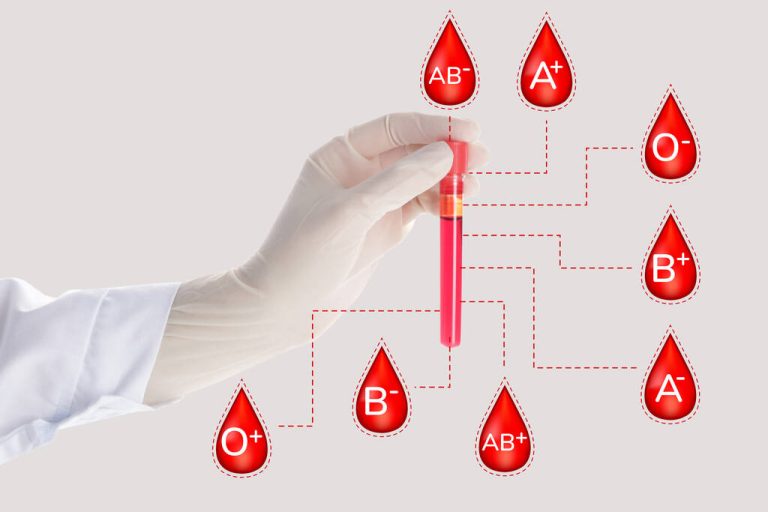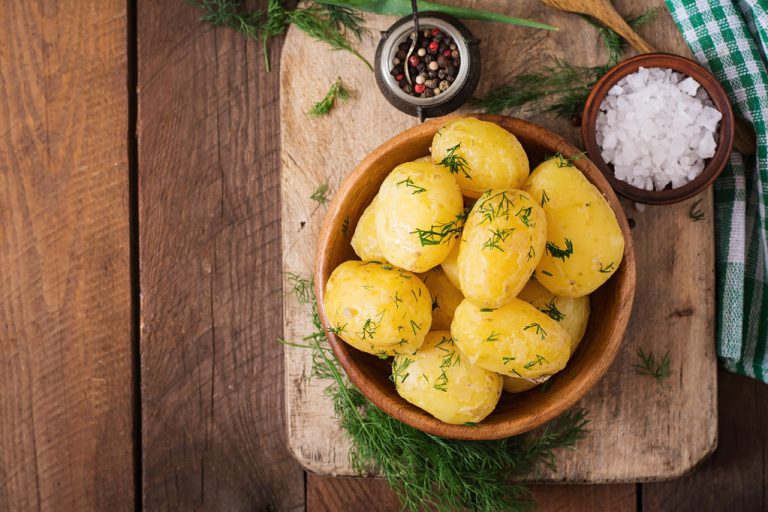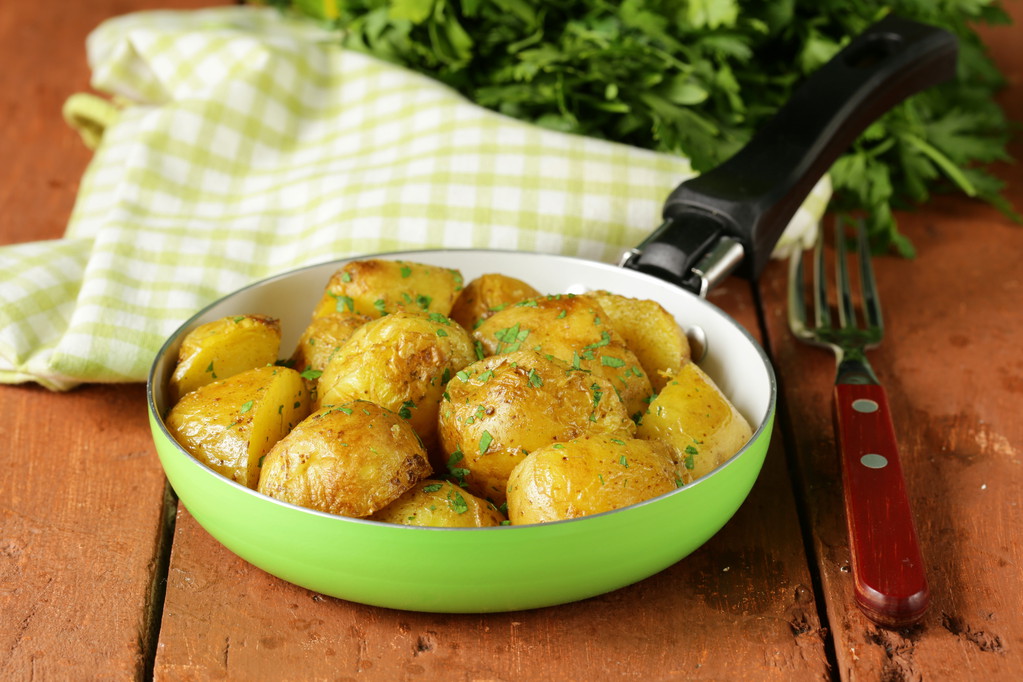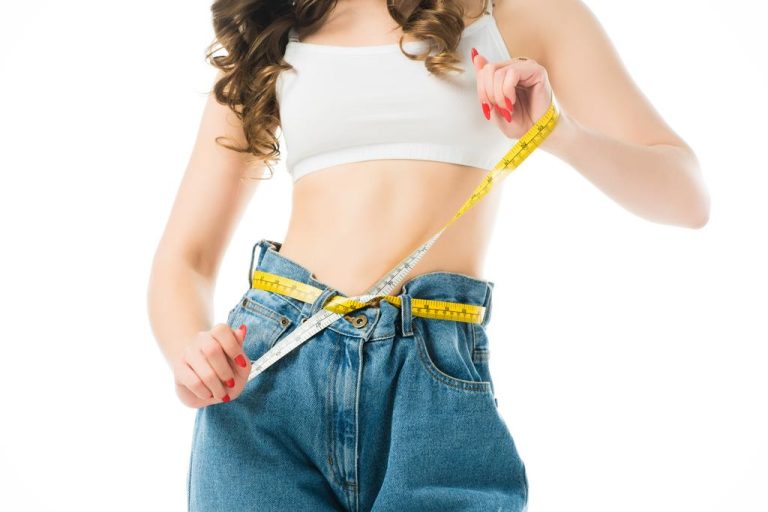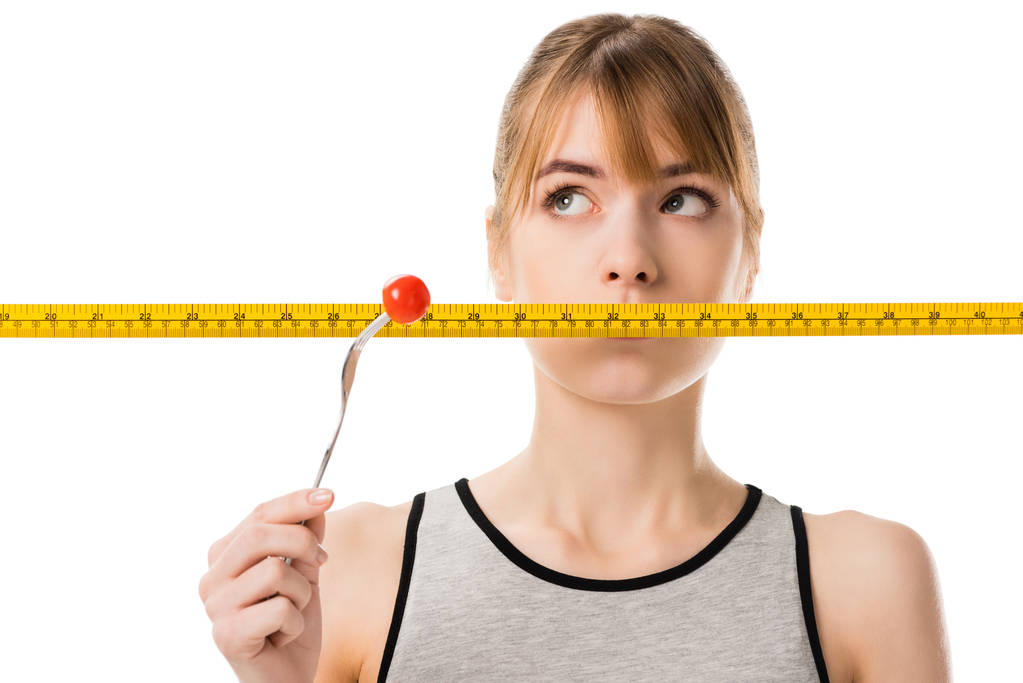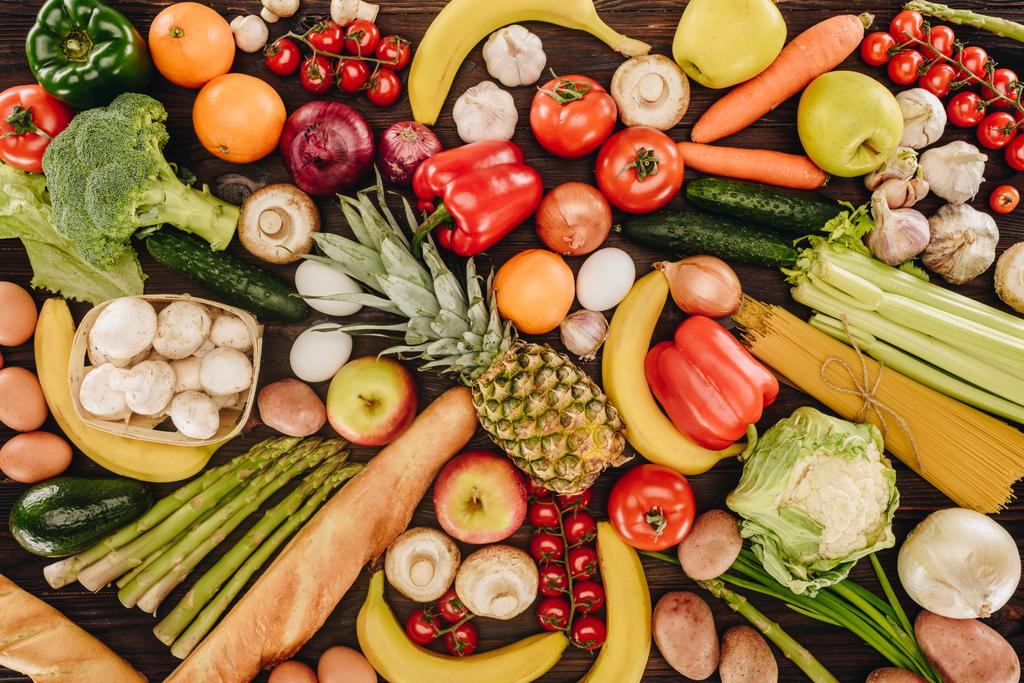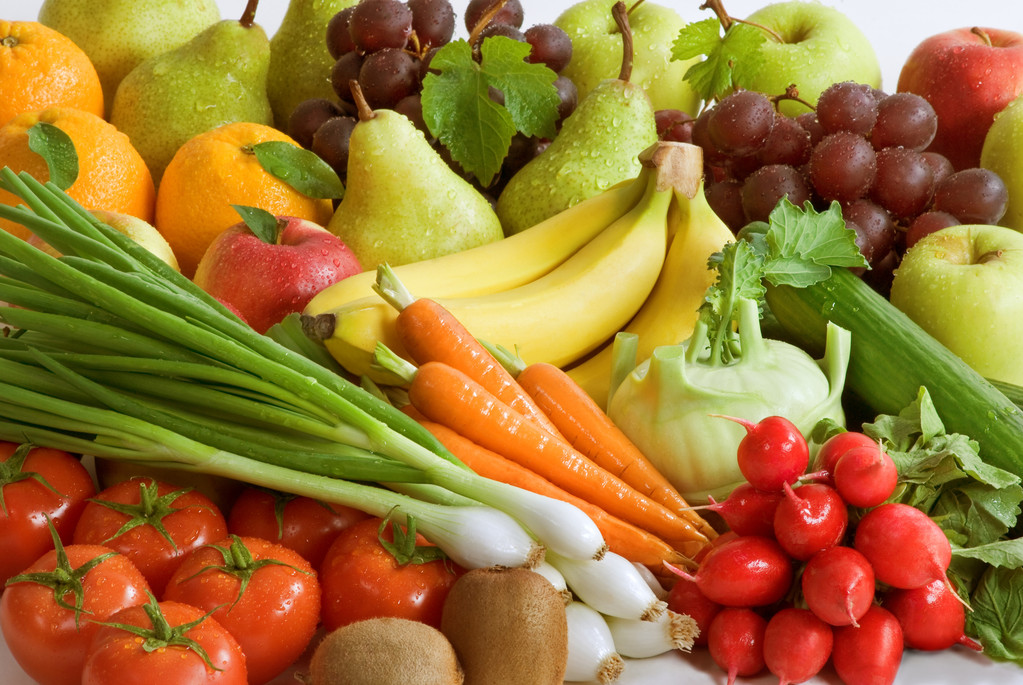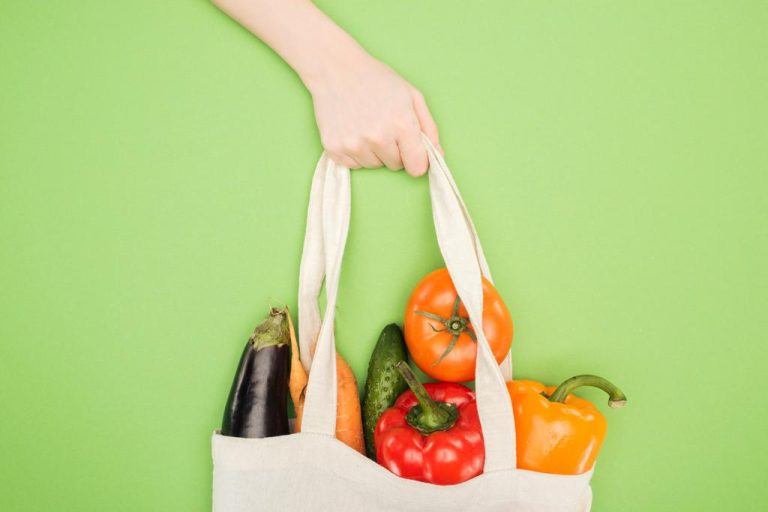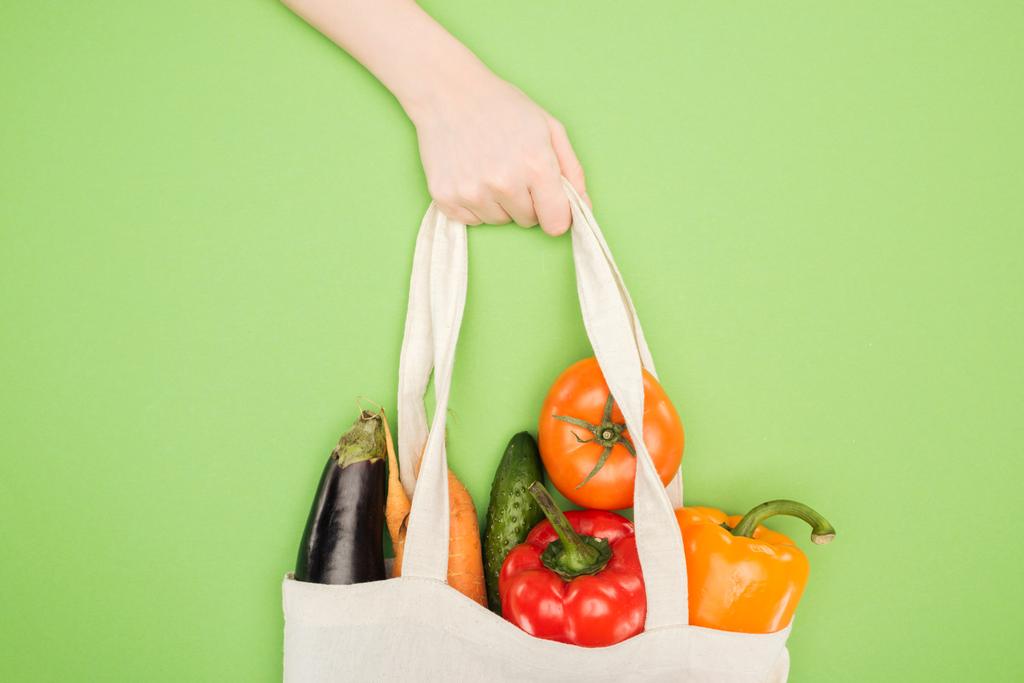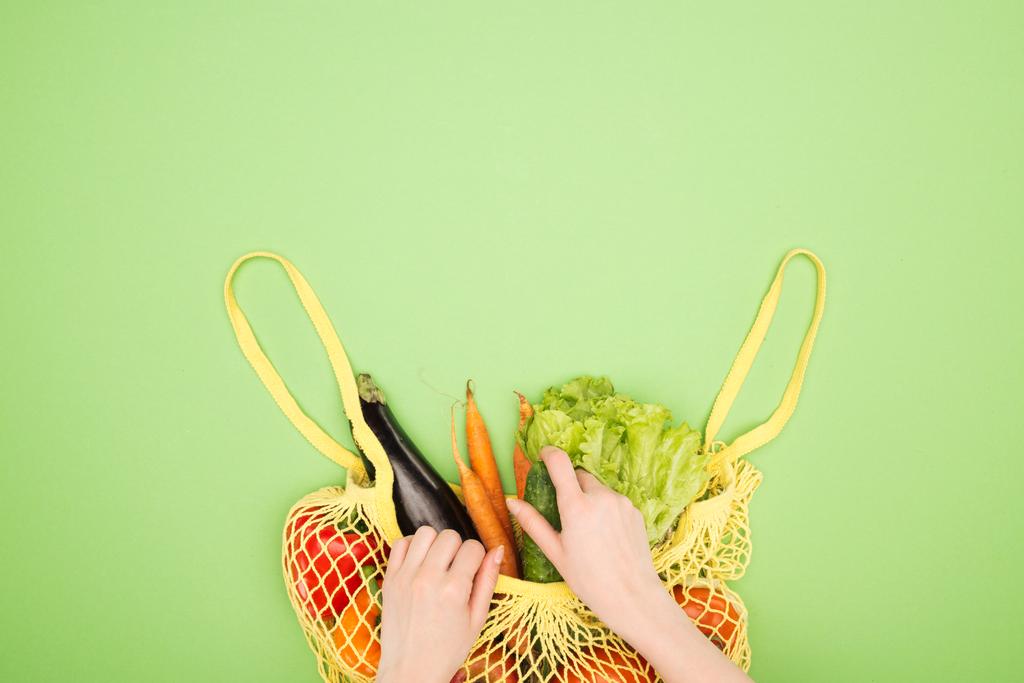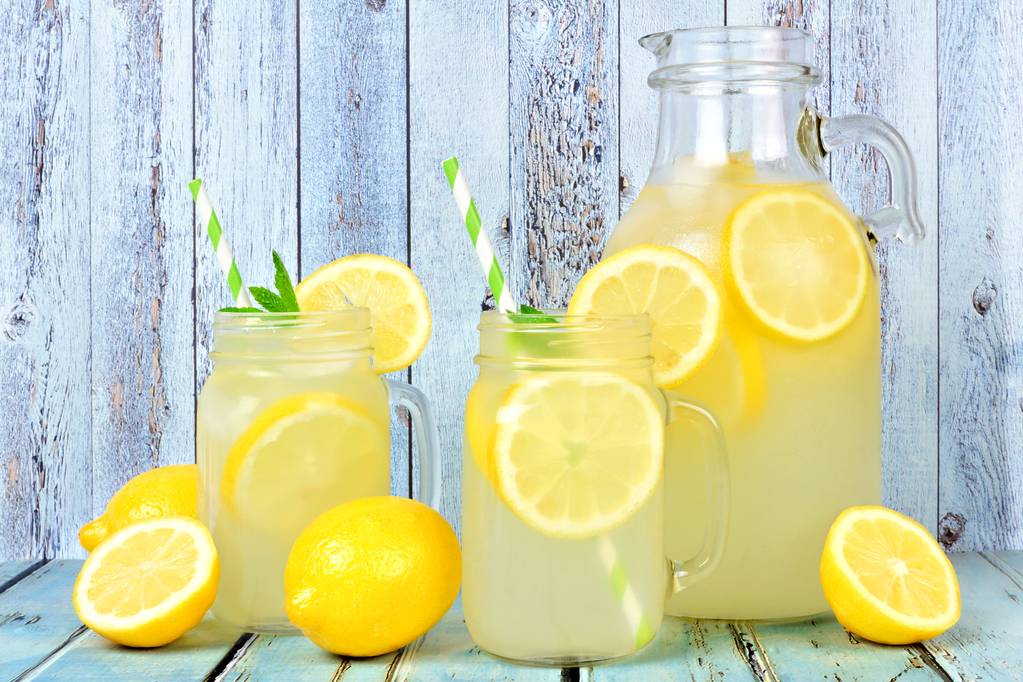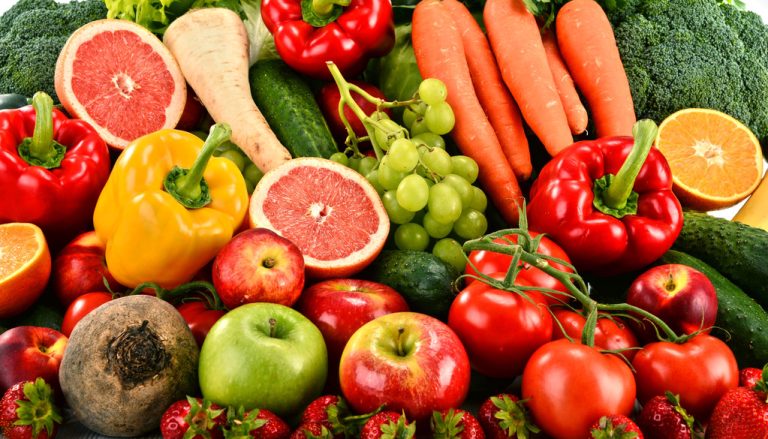Not only in the meine ernte gardens, but everywhere where vegetables and fruit grow, there is a typical picture at harvest time: small and large hands reach for bright red tomatoes, poke for crunchy peas and reach for the sweetest apple on the tree. Many delicacies do not even end up in the harvest basket, but are eaten with relish in their “raw state” – far away from the saucepan and pan. Because that’s how it tastes best.
In the meine ernte team we deal a lot with different forms of nutrition. In this report we will go into more detail about the raw food diet and describe how you can integrate it into your everyday life.
Raw food definition
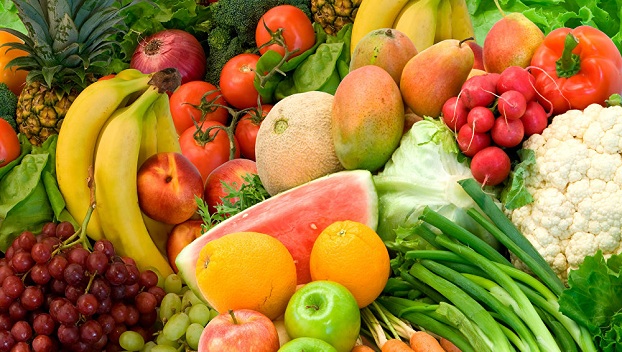
According to the 1997 Gießen Raw Food Study, a raw food diet is “a form of diet that largely or exclusively contains unheated plant (and sometimes animal) foods.” However, raw food does not mean that food is consumed exclusively raw, i.e. not heated at all. Only the limit to which food is heated is a maximum of 42 degrees. Background: Proteins are denatured at higher temperatures, which usually occur during normal cooking. For raw food representatives, this is an indication that the cell structure is damaged and the food is restricted in its actual function. Nutritional values such as vitamins and minerals are also often lost through cooking, as they evaporate in the steam or accumulate in the cooking water. The nutrients cannot be absorbed by the human body at all or only with difficulty.
In addition to heating over 42 degrees, there are other processing methods, such as fermentation, which are excluded by some of the practicing raw foodists. The principle: The food consumed should be natural and processed as little as possible.
Food selection
The basic components of the raw food diet are fruits and vegetables. These can be cleverly supplemented with nuts, sprouts, sprouts and wild plants. Cold-spun honey and cold-pressed oils as well as dried plants are also possible.
Foods that are typically NOT found on the raw food menu include:
legumes such as B. Beans
potatoes
Conventionally made bread (raw bread would be baked at 42 degrees for 6 hours)
Fried or boiled animal meat or fish
pasta
Legumes and potatoes have to be heated to a high temperature in order to kill substances that are toxic to humans and make them digestible. For other foods, processing is switched to raw food conditions. Raw foodists often also live vegetarian or vegan.
Raw food variants
Raw food is not just raw food. It offers variants and as with any diet – you decide for yourself what is good for you and how your individual diet should be structured.
Raw food containing animal foods
The consumption of animal foods is possible as part of the raw food diet if you do not want to do without them altogether. Raw milk cheese, raw fish and raw, possibly dried meat expand the menu. Above all, it is important to ensure good hygienic conditions, since spoilage germs can spread particularly quickly here.
Raw vegan
Raw vegans make sure to eat only plant-based foods. Fruit, vegetables, nuts, seeds, sprouts, wild plants and some (pseudo) grains such as millet, quinoa, chia, couscous or amaranth are the main foods. The same applies here: Maximum heating up to 42 degrees and no industrial processing if possible.
Primal diet
The so-called Urkost describes a form of raw food in which the plants are eaten as they grow. The vegetables are not washed and any insects on and in the plant are also eaten. Except for this small protein snack, the Urkost is vegan.
Raw food – positive effects
Like many holistic and balanced forms of nutrition, raw food is also said to have positive health effects, such as:
higher efficiency
improvement of skin problems
Improvement of allergies/hay fever
An obvious advantage of raw food is the high fiber intake of raw fruits and vegetables, which, after digestion has adjusted, can prevent intestinal dysfunction such as e.g. B. constipation can relieve.
From our point of view, health improvements are based on the individual implementation and the health condition of the individual. However, in addition to the possible physical changes, we see other advantages with the raw food diet:
Taste expedition
The consumption of raw and little processed fruit and vegetables sharpens the sense of taste and lets us (re)discover the variety of natural tastes. Due to too many spices, fats and over-breeding of foods, many of us have lost our awareness of natural foods. For this reason, some raw foodists do without spices and also garlic and onions, as these can mask the original taste.
Conscious Eating
A conscious raw food diet means planning and research. One deals intensively with one’s diet, chews longer on the more al dente food, ideally also pays more attention to a better origin of the food, since eating it raw increases sensitivity.
Waste avoidance
Making conscious purchasing decisions can have a positive effect on the ecological footprint, since, for example, less plastic waste is produced, less is thrown away, etc.
Critics of raw food
The assumption of the raw food theory is that some nutrients are destroyed by too much heat (> 42 degrees) or changed in such a way that they are more difficult for the body to absorb. More energy must therefore be expended to absorb the beneficial nutrients from the cooked food. This idea applies to some nutrients such as B. Vitamin C quite justified. Raw foodists are much better supplied with vitamin C. However, the Gießen long-term study from 1997 with people who consumed at least 80% of their diet as raw food showed that the test persons were deficient in iron, magnesium, calcium, zinc, iodine, vitamin D, vitamin B2 and vitamin B2 had B12. Therefore, the raw food should be well planned and a sufficient supply of these critical nutrients should be ensured.
Here is a selection of vitamins and nutrients to keep an eye on:
Vitamin B12
Basically, high amounts of B12 are only found in the innards of animal meat, including certain sea creatures, as well as in certain types of cheese. Supplementation should be considered, especially in the case of predominantly vegan raw food, and the level should be checked by a doctor if necessary.
Vitamins A and E
There are certain nutrients that are only made accessible to the body through the heating process. These include vitamins A and E – a heated z. B. steamed or boiled carrots therefore have a higher availability of vitamin A than a raw carrot.
Iron and proteins
The iron and protein intake is critical for raw foodists, since animal products are often avoided. The easiest way to get enough protein and iron from a plant-based diet is primarily to eat legumes (beans, peas, etc.). Unfortunately, these are not an alternative source of raw food: they have to be cooked because they contain lectins, which are toxic to humans when raw. Iron is necessary for blood formation and the need should also be covered.
The nutrients described are intended to show you by way of example that the nutrient intake is changed by raw food and that you should keep additional aspects in mind, as is basically the case with every form of nutrition. If necessary, you can have this checked by visiting your family doctor.
Recipes and tips in the household:
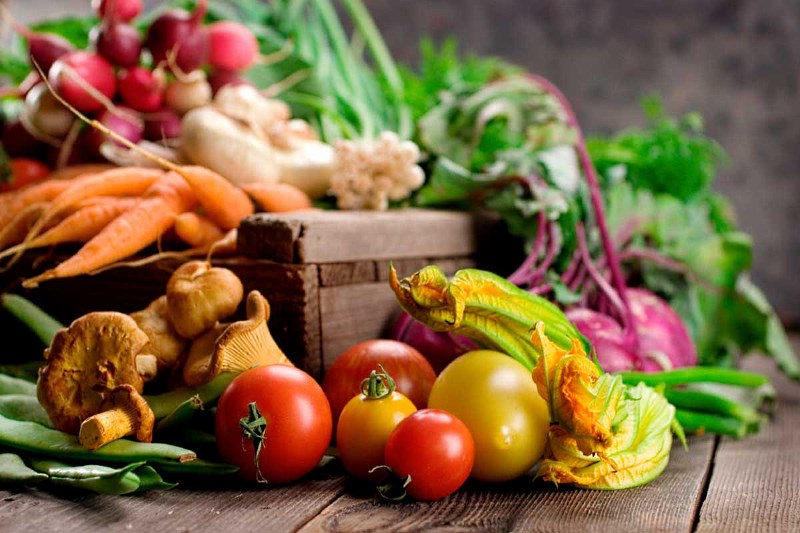
If you feel like (increasingly) eating raw food, you can start with a variety of new recipes. Gradually replacing meals with raw foods avoids spoiling the fun by making the switch too quickly. As always, we are in favor of particularly simple solutions: Breakfast can be a bowl of fruit or a green smoothie, for example. When it comes to smoothies, you should make sure that you consume them just as slowly as you would solid fruits and vegetables. Your stomach can process the added fructose and fiber better. Smoothies are also ideal as a snack on the go, but the following applies: the higher the “green content” (vegetable) in the smoothie, the healthier it is. How about a frothy gazpacho made with fresh tomatoes, peppers and zucchini? Or zucchini noodles with homemade basil pesto? Or cold soaked couscous with spring onions and apples for lunch or dinner?
